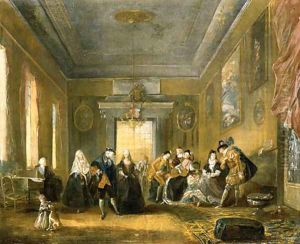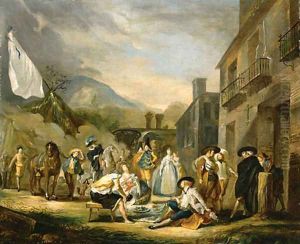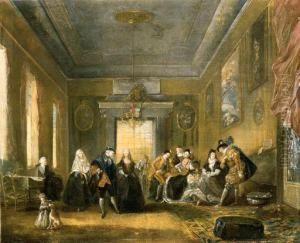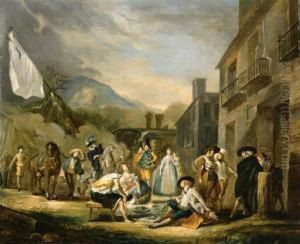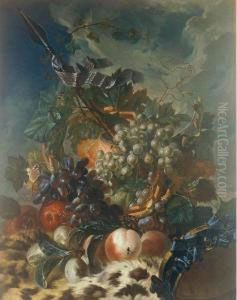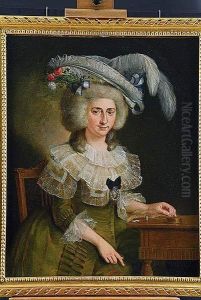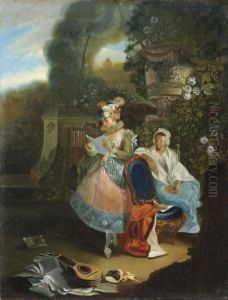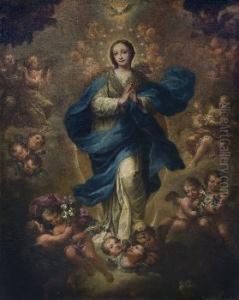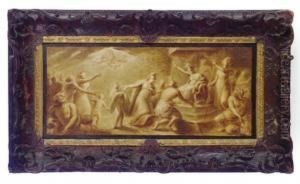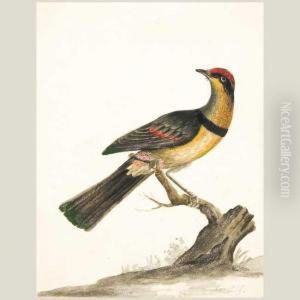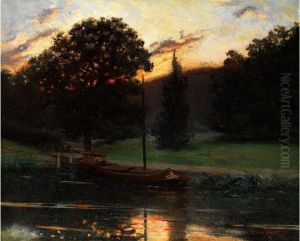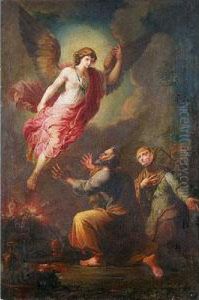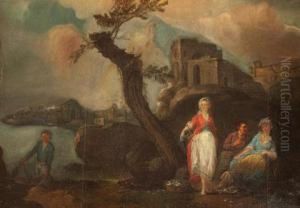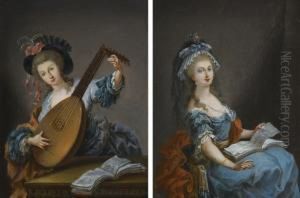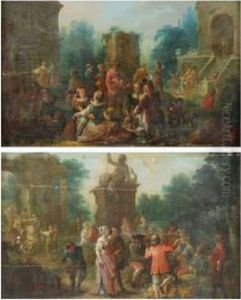Luis Paret Y Alczar Paintings
Luis Paret y Alcázar was a Spanish painter, born in Madrid in 1746. He is considered one of the most important figures of the late Baroque period in Spain, though his work also embraced the Rococo style and, towards the end of his career, the early neoclassicism. Paret's artistic journey began at the Royal Academy of Fine Arts of San Fernando, where he was a standout student, demonstrating early on a remarkable talent for drawing and painting.
Paret's career took a significant turn when he became a court painter to Charles III. However, his close relationship with the court was disrupted due to a scandal, leading to his exile to Puerto Rico in 1775. This period, though challenging, was artistically productive for Paret, as he created numerous sketches and paintings that depicted the life, landscape, and people of Puerto Rico with a level of detail and sensitivity that had not been seen before in Spanish colonial art.
After being allowed to return to Spain in 1778, Paret's style had evolved. His works post-exile show a marked interest in everyday scenes, influenced by his time in the Caribbean. He became known for his detailed and vibrant depictions of street life, festivals, and domestic interiors, which were a departure from the more formal and grandiose subjects preferred by the court and many of his contemporaries. This focus on genre painting and the daily life of the people set Paret apart from other artists of his time and has led to his recognition as a precursor to the Realist movement in Spain.
Despite his contributions to Spanish art, Paret's career was overshadowed by the towering figures of his era, particularly Francisco Goya, who was his contemporary and, for a time, a friend. The two artists shared similar artistic interests, but Goya's work eventually gained more recognition, leaving Paret in a somewhat forgotten position until the 19th and 20th centuries, when art historians began to reevaluate his work and contribution to the development of modern Spanish art.
Luis Paret y Alcázar died in 1799, leaving behind a body of work that, though not as prolific as some of his contemporaries, is valued for its unique insight into the society and culture of his time. His paintings are now considered important documents of late 18th-century Spanish life, as well as significant artistic achievements in their own right.
